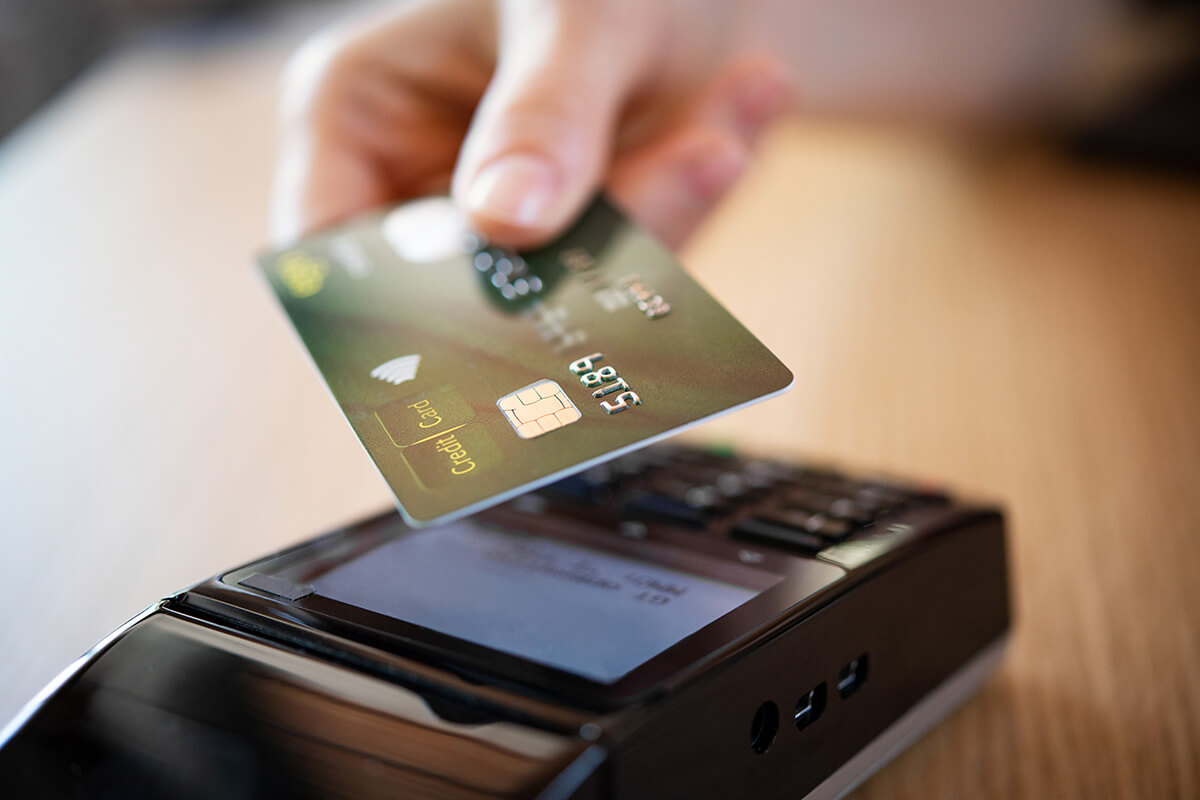
Cash Flow Challenges
Seasonal Fluctuations
Seasonal fluctuations directly impact thrift store revenue and operational stability. In this industry there are seasonal items that either get donated around a certain season or seasonal sales within different seasons. Consumer behavior changes during different times of the year which directly influences demand. As a thrift store owner it is important to identify the patterns and reasons behind the seasonality of the industry.
In order for thrift store owners to do this successfully, consider the following tips:
- Diversify Inventory: Make sure you are aware of consumer preferences and demand and adjust accordingly.
- Strategic Sales and Promotions: Plan sales and promotions to align with seasonal peaks and consider offering discounts to items that are no longer in high demand.
- Online Presence and Marketing: Engage with your online community to maintain interest during slower seasons and get them excited about upcoming seasonal products.
- Off-Season Planning: When business has reached a slower period, take some time to plan and prepare for busier seasons.
- Cash Flow Forecasting: Make sure to plan and forecast for seasonal fluctuations. When you understand the cash flow patterns you are able to make better business financial decisions.
Inventory Management
Managing inventory in the thrift industry can become a challenge. Inventory that comes in is not always consistent, the availability and quality of items can vary. Thrift stores rely on donations which are often hard to manage. When products do not sell quickly, it can tie up cash and become a challenge for business.
Inventory management is made easy with ThriftCart. The all-in-one point of sale has an integrated inventory management system that directly assists with donations and discounting.
Marketing and Visibility
Attracting customers can also become a challenge in the thrift industry. Marketing and visibility is important to get your product in front of the right audience. A limited visibility can result in slower sales and cash flow issues.
Operational Costs
Operational costs are important to be aware of while if these expenses are consistently high it may affect your ability to make other financial obligations. These operational costs for a thrift store include rent, utilities and staffing of the store. Make sure to keep a close eye on these costs and make sure you are aware of its impact on your cash flow.
Economic Downturns
Thrift stores, similar to other retail businesses, may be sensitive to economic downturns. When this happens to the economy it is common that consumer spending decreases, donations are reduced, pressure to cut operational costs, and a possible delay in customer payments. This directly impacts cash flow and is often hard to expect when an event like this happens.
Payment Delays
Thrift stores often operate on a model with a large portion of their sales coming from cash transactions and immediate payments. Some customers may not pay immediately, especially if they are purchasing items on credit. When purchases made on credit happen, it affects the speed at which cash flows into the business. These payment delays can impact cash flow, particularly for thrift stores that rely on quick turnover.
Cash flow challenges are inevitable within the thrift industry. As thrift stores become more aware of these challenges and the patterns in the industry, better decisions can be made throughout the process.
The all-in-one point of sale system with ThriftCart helps its customers implement an effective inventory management system, assist in marketing strategies to help increase visibility, and make monitoring sales and product easy with its cloud based system.
Request a demo with ThriftCart today to learn more about our point of sale features!
 by
by 